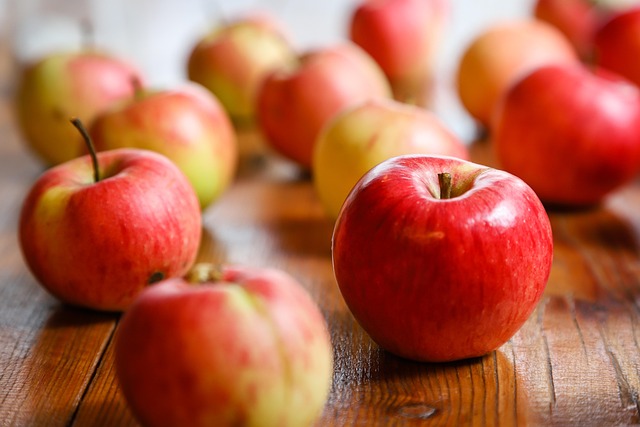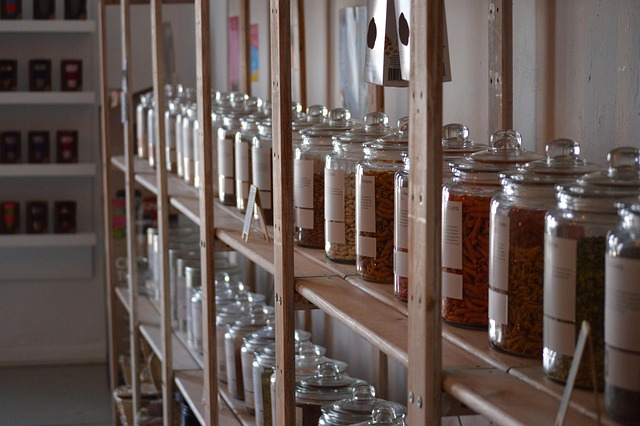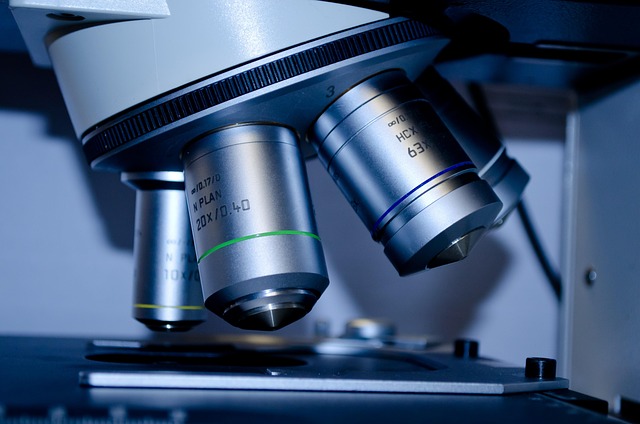Across the globe, the concept of a bio collection has emerged as a pivotal strategy for lowering ecological footprints and advancing sustainable development. By systematically gathering, sorting, and repurposing organic waste streams—ranging from food scraps to agricultural residues—bio collection initiatives transform what was once considered waste into valuable resources. This process not only mitigates greenhouse gas emissions but also fuels a circular economy that supports carbon neutral goals.
Understanding the Scope of Bio Collection
At its core, bio collection is an integrated approach that captures biodegradable materials from multiple sources: households, food services, farms, and industrial processes. The collected biomass is then channeled into bioproducts such as compost, bio‑fertilizers, biogas, or even bioplastics. The overarching aim is to reduce the amount of organic matter that ends up in landfills, where it would decompose anaerobically and release methane—a potent greenhouse gas.
- Food waste reduction at the consumer level.
- On‑farm collection of crop residues and animal manure.
- Industrial by‑products processed into bioconversion pathways.
Environmental and Economic Benefits
When executed effectively, bio collection offers a double dividend: environmental stewardship and economic resilience. From an ecological standpoint, diverting organic waste from landfills reduces methane emissions by up to 70% in some municipalities. Economically, the resulting bioproducts create new revenue streams for farmers, local governments, and entrepreneurs.
“Every kilogram of food waste diverted from a landfill saves an average of 0.6 kilograms of CO₂ equivalent,” notes Dr. Lila Menon, a sustainability researcher at the Green Futures Institute.
Green Technologies Driving Bio Collection
Technological innovation is the backbone of efficient bio collection systems. Key technologies include:
- Automated sorting robots: Equipped with AI and computer vision, these machines separate organic waste from recyclables with high precision, reducing contamination rates.
- Anaerobic digesters: These bioreactors convert organic matter into biogas—a renewable energy source—while producing nutrient‑rich digestate for soil amendment.
- Thermochemical pyrolysis: High‑temperature processes break down biomass into bio‑char, syngas, and bio‑oil, each with distinct industrial applications.
By integrating these technologies, bio collection networks can scale rapidly, improve process efficiencies, and lower operating costs.
Pathways to Carbon Neutrality
The ultimate ambition for many bio collection programs is to achieve carbon neutrality. This entails a careful accounting of all carbon inputs and outputs throughout the life cycle of the system. Strategies include:
- Substituting fossil‑fuel‑based energy with biogas generated from onsite digestion.
- Employing carbon‑sequestering bio‑char as a soil amendment to enhance soil carbon stocks.
- Implementing closed‑loop logistics that minimize transportation emissions.
When combined, these tactics can bring the net carbon footprint of a bio collection system close to zero, creating a blueprint for sustainable waste management.
Overcoming Barriers and Challenges
Despite its promise, the widespread adoption of bio collection faces several hurdles:
- Public participation: Successful bio collection requires widespread behavioral change. Educational campaigns and incentive structures are essential.
- Infrastructure costs: High upfront capital for sorting facilities and digesters can deter investment, especially in low‑income regions.
- Policy frameworks: Inconsistent regulations and lack of standardization can impede scaling.
Addressing these challenges demands collaborative policy design, financial innovation—such as green bonds or public‑private partnerships—and community engagement.
Case Studies from Around the World
Several cities have pioneered successful bio collection ecosystems:
- In Barcelona, a citywide composting program collects 45% of household organic waste, feeding local farms and reducing landfill use.
- Singapore’s Zero Waste Master Plan invests heavily in automated sorting and biogas facilities, aiming for 70% waste diversion by 2030.
- In the United States, Massachusetts’ Green Waste Initiative offers tax credits to businesses that divert organic waste to bioreactors, boosting local renewable energy production.
These examples illustrate how tailored policy, technology, and community buy‑in can converge to produce measurable environmental gains.
The Future of Bio Collection
Looking ahead, the evolution of bio collection is likely to hinge on four key trends:
- Digitalization: Real‑time data analytics will enable predictive logistics, reducing waste transportation times and costs.
- Biomimicry: Designing systems inspired by natural processes—such as vermicomposting or forest decomposition cycles—can improve efficiency.
- Cross‑sector collaboration: Partnerships between agriculture, industry, and municipalities will unlock new markets for bioproducts.
- Policy harmonization: Global frameworks for carbon accounting and waste classification will foster consistency and comparability.
By embracing these developments, the bio collection sector can become a cornerstone of global sustainability strategies, contributing significantly to the reduction of ecological footprints and the realization of carbon neutral economies.
Conclusion
Bio collection represents more than a waste management tactic; it is a transformative movement that links everyday practices with long‑term environmental stewardship. Through the strategic application of green technologies, thoughtful policy design, and community engagement, bio collection can dramatically shrink ecological footprints and help societies achieve carbon neutrality. As the world confronts escalating climate challenges, scaling bio collection systems will be essential to creating resilient, low‑carbon futures for all.




